EXCLUSIVE: The Future of the Middle East after the Gaza Ceasefire: Economic Outlook
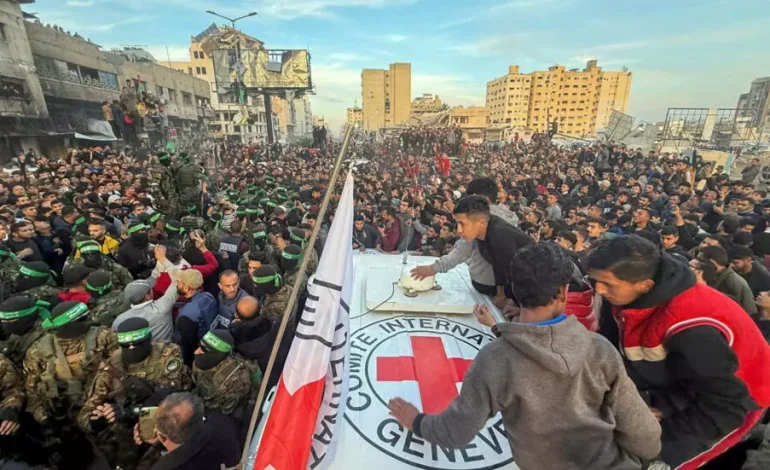
The Israel–Hamas war, which began on October 7, 2023, has been a prolonged and devastating conflict between Israel and Hamas-led Palestinian militant groups in the Gaza Strip.
The hostilities began when Palestinian militants launched a large-scale attack on Israel, resulting in the deaths of 1,195 people, mostly civilians. In response, Israel initiated extensive bombing campaigns and a ground invasion of the Gaza Strip. As of January 8, 2025, the conflict has led to over 47,000 fatalities, including 45,936 Palestinians and 1,706 Israelis, with Palestinian casualties being disputed. Efforts to reach a ceasefire culminated in an agreement on January 15, 2025, which came into effect on January 19, involving an armistice and the exchange of hostages and prisoners.
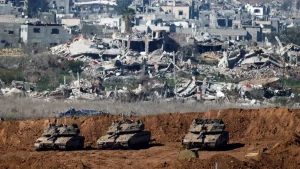
The conflict spurred global diplomatic efforts, humanitarian aid, and protests. Egypt and Jordan opposed resettling Palestinian refugees, while Qatar mediated key agreements. Iraq maintained neutrality, focusing on internal stability.
Throughout the conflict, Iran has provided Hamas with military weaponry, including Fajr-5, M-75, and M-302 rockets, as well as drones. Iran’s involvement has heightened tensions in the region, leading to skirmishes between Israel and Iranian proxies, such as Hezbollah in Lebanon and Houthis in Yemen.
The United States played a significant role in the Israel-Hamas war, offering strong diplomatic and military support to Israel. The US quickly condemned Hamas’ actions and pledged to supply military aid, including advanced weapons systems. It also conducted diplomatic efforts at the United Nations, balancing its support for Israel with calls for humanitarian aid to Gaza that culminated in reaching a ceasefire. While voicing concern for civilian casualties, the US was criticized by some for not pushing for an earlier ceasefire and for its stance on the Gaza Strip’s blockade.
To better understand the economic toll of the conflict and to discuss the future of the region, Wyoming Star spoke with Ragui Assaad, an Egyptian economist and Professor of Planning and Public Affairs at the University of Minnesota, who is regarded as one of the leading experts on Middle Eastern economies.
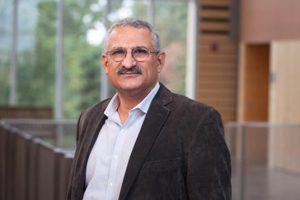
Wyoming Star: In your opinion, what overall economic effect did the Israel-Palestine conflict have on the region?
Prof. Assaad: The conflict had large adverse economic effects on the region.
The effect is, of course, most devastating on Gaza itself, the West Bank, and Lebanon, which had widespread destruction of infrastructure and a great deal of disruption.
Jordan experienced large drops in tourism revenue, and Egypt experienced large drops in its Suez Canal revenues due to the disruption of maritime traffic in the Red Sea and substantial reductions in tourism revenues.
Wyoming Star: Do you see this ceasefire as a step towards normalization between Israel and Palestine or just a short pause before another round of hostilities?
Prof. Assaad: I sincerely hope it is a step toward normalization, but I believe that Israel has already stated its intention to resume the conflict once the hostages are returned to fulfill its goal of completely eliminating Hamas as a political force in Gaza.
Wyoming Star: What is the possible economic impact of the Gaza ceasefire on both Israel and Palestine?
Prof. Assaad: The Gaza ceasefire will allow for the resumption of humanitarian aid to Gaza, which will lessen the risk of famine and acute suffering, but reconstruction of Gaza will have to await a more permanent ceasefire.
The ceasefire will not stop continued Israeli settler attacks against West Bank communities, which have continued unabated so long as there is impunity for the attackers.
Wyoming Star: How might the ceasefire influence the broader economic dynamics in the region, especially in neighboring countries?
Prof. Assaad: If the ceasefire in Lebanon holds and Israeli troops withdraw from Southern Lebanon, Lebanon’s economy will resume a slow recovery. If the ceasefire leads to a stop in the Houthi attacks on Red Sea maritime traffic and shipping lines resume their passage through the Suez Canal, Egypt’s economy will start recovering as well. The resumption of tourism to Jordan is linked to the resumption of tourism to Israel since most tourists head to both countries on the same trip.
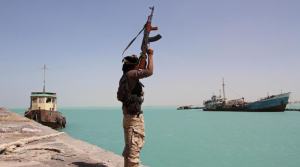
Wyoming Star: How do you foresee the ceasefire affecting the reconstruction efforts in Gaza, and what role can international aid play in this process?
Prof. Assaad: Reconstruction efforts will probably not start in earnest until a more permanent ceasefire is reached. They will require a huge international mobilization to raise the resources needed for reconstruction, which are estimated in the tens of billions of dollars. Europe, the US, and oil-rich Arab countries will have to contribute much of that money.
Wyoming Star: What role do you think the private sector could play in rebuilding the region?
Prof. Assaad: The private sector’s role will be limited at first with the total devastation in Gaza’s infrastructure and the continued uncertainty as to its political future.
In the long and medium term, there could be a private sector role, but the opportunities for multinational firms will continue to be limited.
Wyoming Star: How does the economic situation in Gaza impact its social structure, and what are the long-term consequences if reconstruction is delayed or inadequately funded?
Prof. Assaad: Gaza is a very densely populated area with a very young population. If reconstruction is delayed or inadequately funded, there will be plenty of fuel for continued radicalization of its youth and its support of extremist political movements.
Wyoming Star: Can the ceasefire lead to possible economic partnerships between Israel and Arab states?
Prof. Assaad: A condition for further economic partnership between Israel and Arab states is a permanent ceasefire and steps taken toward the creation of a Palestinian state. Short of that, it will be unlikely that any economic partnership will develop.
Wyoming Star: How will this ceasefire affect oil markets, especially considering the region’s key role in global energy production?
Prof. Assaad: I don’t see much of an effect on oil markets in the short run except for the possible resumption of maritime traffic through the Suez Canal.
The region must quickly transition to renewable energy sources, of which it is very well endowed.
It can ensure a future key role in global energy markets by capitalizing on its comparative advantage in producing and exporting renewable energy.
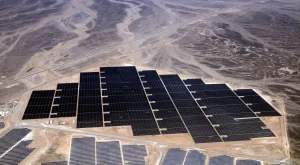
Wyoming Star: What is the current state of economic relations between key Middle Eastern powers (such as Saudi Arabia, Iran, and the UAE) amid ongoing conflicts, and how might the ceasefire shift these relations?
Prof. Assaad: Economic ties between Saudi Arabia and the UAE on one side and Iran on the other are quite limited and will remain so for the foreseeable future so long as Iran continues to be subject to international sanctions. A political détente with Iran will continue, however. The ceasefire is likely to have a limited effect on these relations.
Wyoming Star: How do you think international actors, such as the United States, the European Union, and China, will respond to the current situation and the ceasefire? What role do you see the United Nations or other international organizations playing in fostering both economic and political stability in the region moving forward?
Prof. Assaad: The focus in the next few months will be on increasing humanitarian aid and negotiating a more permanent ceasefire and a post-conflict political settlement.
The success of such an effort will depend on the extent to which the United States is willing to pressure Israel toward accepting the terms of such a settlement as well as on political developments within Israel itself.
The role of China, the European Union, and even the UN will be limited. The UN and other international organizations will play a key role in coordinating humanitarian efforts, but their overall role in fostering both economic and political stability in the region depends on Israel’s willingness to let them do so, and this willingness is now in short supply.
Wyoming Star: Given the current state of affairs, what do you see as the most important factors that will shape the future of the Middle Eastern economy over the next decade?
Prof. Assaad: The primary factor in my view is the extent to which Middle Eastern countries can achieve a major transition toward renewable energy and even start exporting such energy, either in the form of electricity or hydrogen. The Middle East can also take advantage of its young and fairly educated population to contribute substantially to the digital economy in the form of service exports. It can also utilize its abundant energy resources to house data centers that will be crucial for the AI revolution.
While the ceasefire offers a temporary respite, the future of the Middle East hinges on long-term peace agreements, economic recovery, and a commitment to resolving the Israeli-Palestinian conflict. The region’s ability to transition to renewable energy and leverage its young, educated workforce will also be key factors in determining its economic trajectory over the next decade.
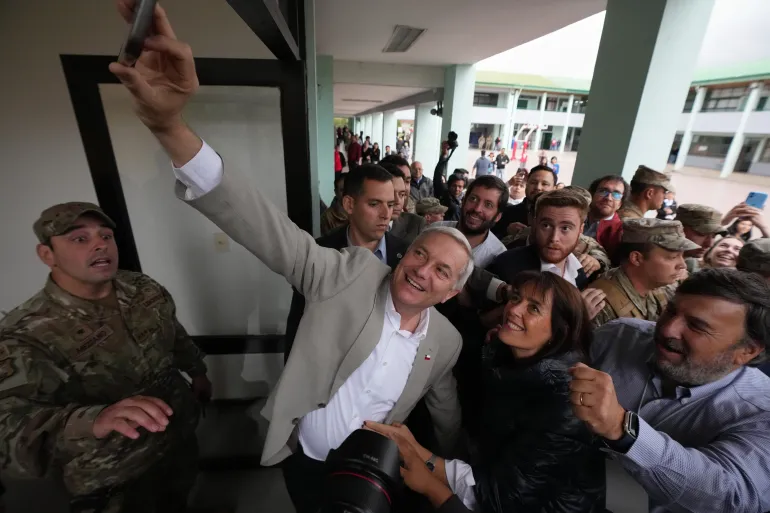

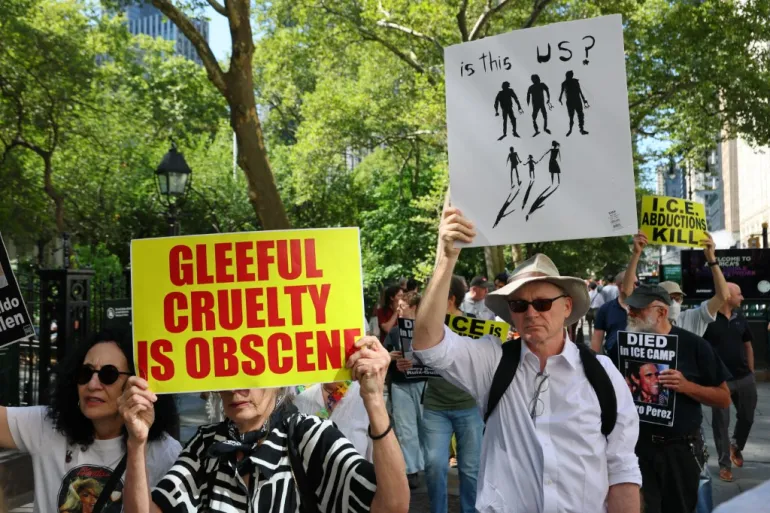

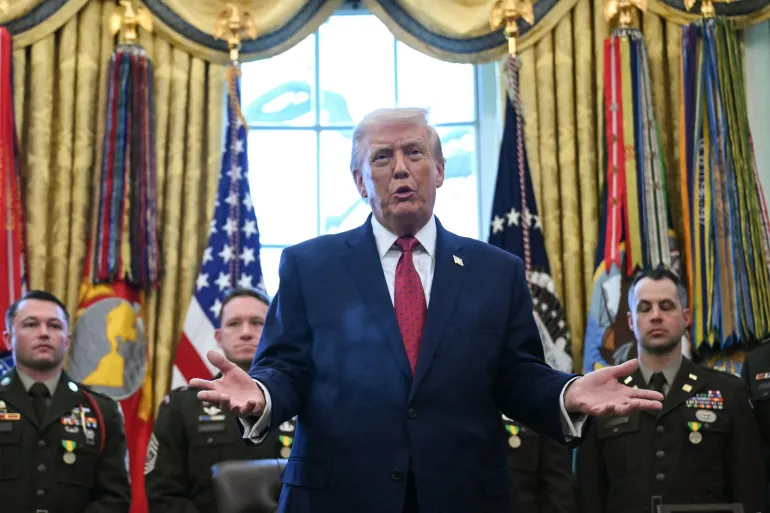




The latest news in your social feeds
Subscribe to our social media platforms to stay tuned